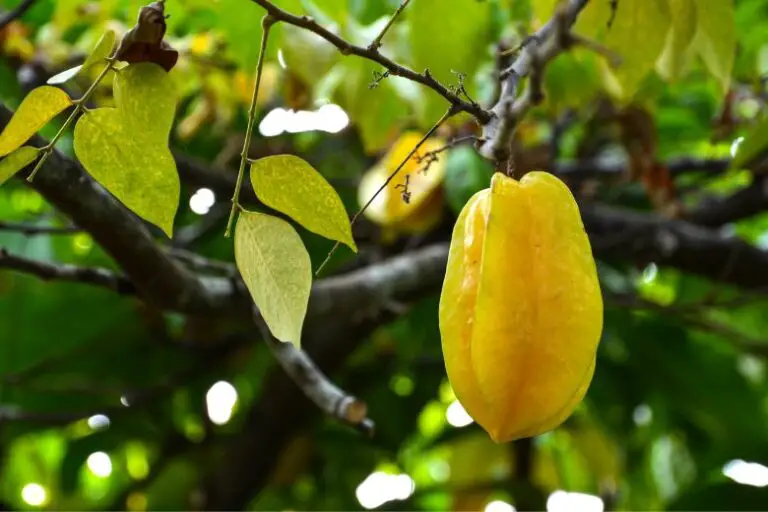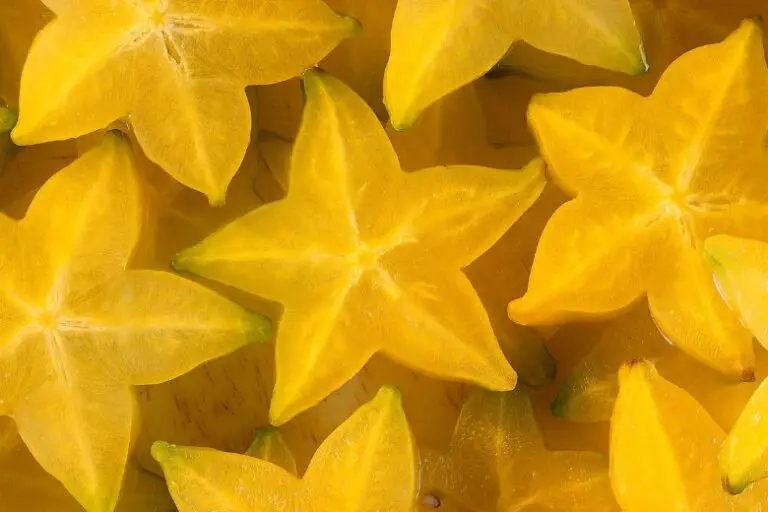How long does it take for starfruit trees to bear fruit?
Starfruit, also known as carambola, is a unique tropical fruit that is increasingly gaining popularity due to its distinct shape and refreshing flavor. If you’re an avid gardener or fruit enthusiast, you might be interested in growing your starfruit tree and savoring its delectable fruits. However, like any fruit-bearing plant, starfruit trees require time and…










